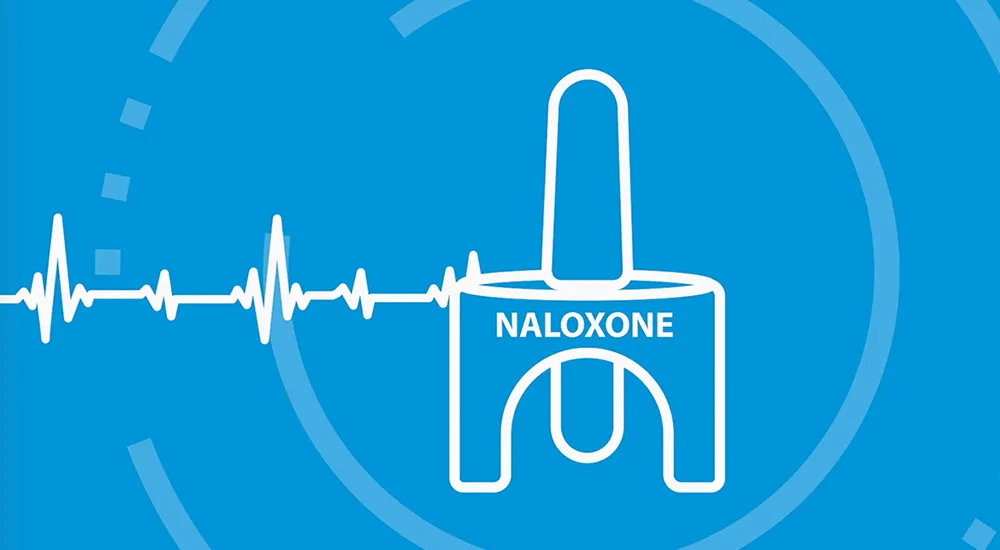The Food and Drug Administration has approved a new naloxone nasal spray that contains 10 mg of the opioid overdose antidote per dose. A Rezenopy nasal spray dose is 2 mg higher than Kloxxado, 6 mg higher than Narcan and standard generics, and 7 mg higher than RiVive. For most adults, the amount of naloxone that’s enough to reverse overdose without causing unnecessary harm is an intramuscular injection of 0.4 mg.
Though there isn’t a specific clinical dose advised for intranasal delivery, Narcan has established the norm as 4 mg—a starting point that tends to be already excessive, but not that excessive.
Naloxone is the most commonly use opioid antagonist medication, and it works the same from one opioid to the next regardless of potency. Giving someone more naloxone than they needed to start breathing on their own again has no benefits, and for people who’ve developed a tolerance to opioids it has considerable harm—throwing them into precipitated withdrawal, an excruciating state that many attempt to relieve by using more opioids. Excessive naloxone raises someone’s overdose risk, in the end.
Rezenopy’s new drug application received approval April 19. Manufacturer Summit Biosciences, Inc. will next submit its labeling and packaging to the FDA. The company has not yet announced a launch date.
The naloxone nasal spray products that have followed Narcan’s approval in 2015 have used pretty much the same language as the original, and Rezenopy’s proposed labeling doesn’t carry any additional warnings about precipitated withdrawal compared to Narcan or Kloxxado. Nor does it list “risk of opioid overdose” among its potential side effects, language which appears on the labeling of other opioid antagonist products Opvee and Vivitrol. It does add the following:
“All approved naloxone hydrochloride products achieve plasma concentrations that have been shown to be efficacious in reversing the effects of opioid overdose. Comparing different products on a nominal mg-for-mg basis may be misleading.”
The FDA did not respond to Filter’s inquiry about the benefits of adding Rezenopy to the market, or concerns associated with increasingly higher-dose formulations.
#FDAapproves a nasal spray for the emergency treatment of known or suspected opioid overdose, as manifested by respiratory and/or central nervous system depression in adult and pediatric patients: https://t.co/7uDXvgupcJ pic.twitter.com/jk1MXI3KyK
— FDA Drug Information (@FDA_Drug_Info) April 22, 2024
Rezenopy builds on the appetite for ever-higher naloxone doses that law enforcement have been cultivating since the 8 mg Kloxxado was approved in 2021. Later that year, the FDA also approved the 5 mg intramuscular Zimhi, which contains 12.5 times more naloxone than the evidence-based dose.
Generic intramuscular naloxone is the most cost-efficient and space-efficient form, allowing bulk distributors to reach communities that don’t receive government-funded Narcan kits from authorized syringe service programs. Yet health departments overwhelmingly continue to order and distribute just Narcan, even though by allocating some of their funding for generic intramuscular products they could be getting more naloxone into their communities for less money.
In January, the FDA formally extended the shelf life of Narcan from 2-3 years to 3-4 years, which will hopefully result in law enforcement throwing slightly less of it away after letting it expire unused.
The FDA approved the first over-the-counter (OTC) naloxone product, the familiar 4 mg nasal spray from Narcan manufacturer Emergent BioSolutions, in March 2023. In July 2023 the agency also approved the first generic 4 mg nasal spray for OTC, followed by the 3 mg OTC RiVive from Harm Reduction Therapeutics.
Days after Rezenopy was approved, the FDA approved a second generic OTC 4 mg nasal spray—bringing the OTC total to four—from Amneal Pharmaceuticals, albeit without any accompanying announcements.





Show Comments